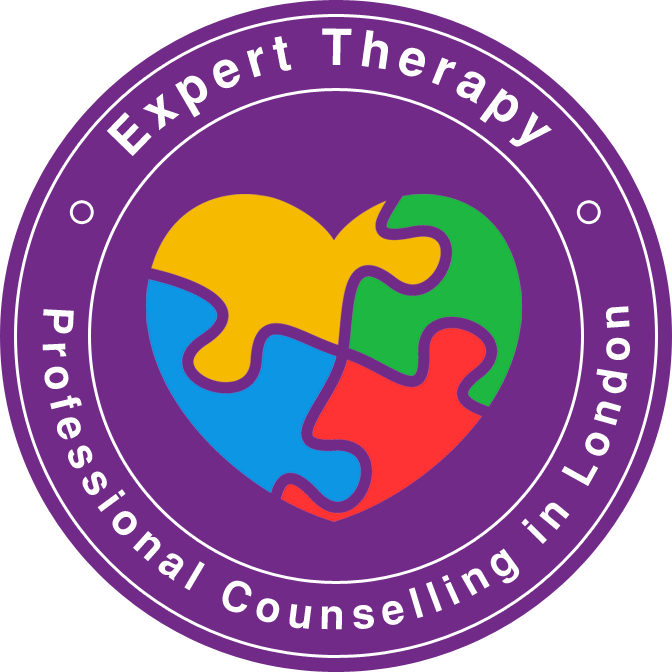Child and adolescent psychiatry
Child and adolescent psychiatry (or pediatric psychiatry) is a branch of psychiatry that focuses on the diagnosis, treatment, and prevention of mental disorders in children, adolescents, and their families. It investigates the biopsychosocial factors that influence the development and course of these psychiatric disorders and treatment responses to various interventions.
History
When psychiatrists and pediatricians first began to recognize and discuss childhood psychiatric disorders in the 19th century, they were largely influenced by literary works of the Victorian era.[2] Authors like the Brontë sisters, George Eliot, and Charles Dickens, introduced new ways of thinking about the child mind and the potential influence early childhood experiences could have on child development and the subsequent adult mind.
The first academic child psychiatry department in the world was founded in 1930 by Leo Kanner (1894–1981). In 1936, Kanner established the first formal elective course in child psychiatry at the Johns Hopkins Hospital. In 1944 he provided the first clinical description of early infantile autism, otherwise known as Kanner Syndrome.
People in the field are sometimes referred to as “neurodevelopmentalists”. As of 2005 there was debate in the field as to whether “neurodevelopmentalist” should be made a new speciality.[
“Modern neuroscience, genetics, epigenetics, and public health research has presented the tantalizing possibility that it can now be said with relative certainty that much (certainly not all) is understood about why some children struggle and others soar. Although it is an oversimplification, it can now be suggested that it is possible to understand how environmental factors, both negative and positive, influence the genome or epigenome, which in turn influence the structure and function of the brain and thus human thoughts, actions, and behaviors.
Assessment
The psychiatric assessment of a child or adolescent starts with obtaining a psychiatric history by interviewing the young person and his/her parents or caregivers. The assessment includes a detailed exploration of the current concerns about the child’s emotional or behavioral problems, the child’s physical health and development, history of parental care (including possible abuse and neglect), family relationships and history of parental mental illness. It is regarded as desirable to obtain information from multiple sources (for example both parents, or a parent and a grandparent) as informants may give widely differing accounts of the child’s problems. Collateral information is usually obtained from the child’s school with regards to academic performance, peer relationships, and behavior in the school environment.
Psychiatric assessment always includes a mental state examination of the child or adolescent which consists of a careful behavioral observation and a first-hand account of the young person’s subjective experiences. The assessment also includes an observation of the interactions within the family, especially the interactions between the child and his/her parents.
The assessment may be supplemented by the use of behavior or symptom rating scales such as the Achenbach Child Behavior Checklist or CBCL, the Behavioral Assessment System for Children or BASC, Connors Rating Scales (used for diagnosis of ADHD), Millon Adolescent Clinical Inventory or MACI, and the Strengths and Difficulties Questionnaire or SDQ. These instruments bring a degree of objectivity and consistency to the clinical assessment. More specialized psychometric testing may be carried out by a psychologist, for example using the Wechsler Intelligence Scale for Children, to detect intellectual impairment or other cognitive problems which may be contributing to the child’s difficulties.
Diagnosis and formulation
The child and adolescent psychiatrist designs a treatment plan which considers all the components and discusses these recommendations with the child or adolescent and family.
Treatment
Treatment will usually involve one or more of the following elements: behavior therapy,[ cognitive-behavior therapy, problem-solving therapies, psychodynamic therapy, parent training programs, family therapy, and/or the use of medication. The intervention can also include consultation with pediatricians, primary care physicians or professionals from schools, juvenile courts, social agencies or other community organizations.
Cross-cultural considerations
Steady growth in migration of immigrants to higher-income regions and countries has contributed to the growth and interest in cross-cultural psychiatry. Families of immigrants whose child has a psychiatric illness must come to understand the disorder while navigating an unfamiliar health care system.
Over-prescription of psychoactive drugs
Some research suggests that children and adolescents are sometimes given antipsychotic drugs as a first-line treatment for mental health problems or behavioral issues other than a psychotic disorder, which is not the ideal treatment approach for these drugs.[ In the United States, the usage of these drugs in young people has greatly increased since 2000, especially among children from low-income families.[ More research is needed to specifically assess the efficacy and tolerability of antipsychotic medications in pediatric populations. Because of the risk of weight gain, metabolic syndrome, and cardiovascular changes with antipsychotic use, the use of the drugs in pediatric populations is highly scrutinized and their use recommended only in combination with effective parent-training interventions.
Reference: Wikipedia.com

